Jeypore Dussehra: Where Royal Splendour Meets Tribal Traditions
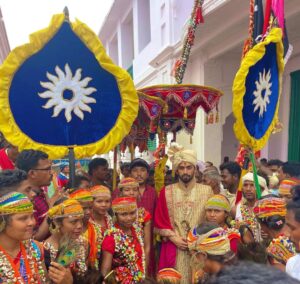
Jeypore Dussehra: A Grand Confluence of Royalty and Tribal Traditions.
The historic Dussehra celebrations of Jeypore, one of the grandest festivals of southern Odisha, have begun with splendour, blending centuries-old royal traditions with vibrant tribal customs. Often hailed as the “Mysore of the East”, Jeypore’s Dussehra has, for over two centuries, been compared to the famed Mysore festivities for its royal pageantry, cultural richness, and deep historical roots.
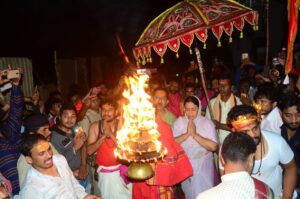
The festival traces its origins to the Suryavanshi dynasty of Jeypore, which shifted its capital from Nandapur to Jeypore in 1791 during the reign of Maharaja Ramchandra Dev II. His successor, Ramchandra Dev III (1829–1860), transformed the event into such a spectacle that British officials, historians, and colonial records often compared it directly with Mysore’s royal Dussehra.
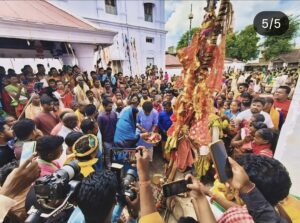
The Vizagapatam Gazetteer (1907) reinforces this legacy: “The great event of the year in Jeypore is the Dasara feast, which lasts for sixteen days.” It records how the Maharaja held magnificent darbars from white and scarlet thrones, received offerings from his subjects, and led elephant processions with his heir, accompanied by European dignitaries, tribal leaders, and citizens in a display of regal authority and community participation.
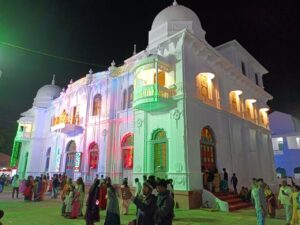
The Orissa District Gazetteer: Koraput (1945) further underlines the festival’s role in binding the king with his subjects, particularly the tribal communities of undivided Koraput. It also documents the capital’s shift from Nandapur to Purunagada under Ramchandra Dev I in 1751 and finally to Jeypore under Ramchandra Dev II in 1791 — a move that paved the way for the grandeur of Dussehra celebrations.
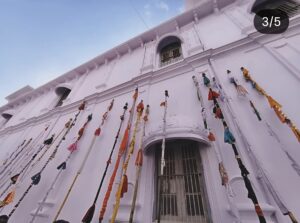
The last full-fledged royal Dussehra was organised by Maharaja Vikram Dev Burma in 1952, before the Orissa Estates Abolition Act stripped princely states of their privileges. Although the festival was scaled down in the decades that followed, Jeypore Dussehra retained its unique essence as a fusion of royal rituals and tribal heritage.
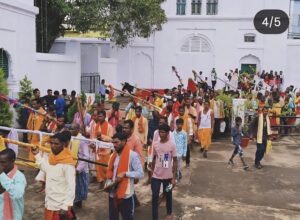
This year, the Navaratri Puja commenced on Sunday night with Mahalaya Amavasya. Rituals were offered at shrines of the presiding deity Maa Bhagabati, Maa Dakhinakali, Maa Jagatjanani, Maa Basantayee, and Byaghra Devi of Rajanghar Chowk Maa Kanak Durga, along with 13 Durga pandals across the town. The Gujarati community also continues its age-old worship of their deity during the occasion.
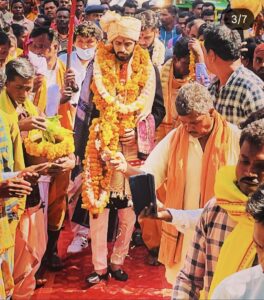
Adding a new dimension to the celebration, Yuvraj Vishweshwar Chandrachud Dev, the crown prince of the present Jeypore royal family, has been actively associated with the festivities in recent years. His participation not only symbolises continuity with the kingdom’s glorious past but also strengthens the royal family’s ties with the people. The Yuvraj’s involvement is widely seen as a revival of Jeypore’s royal heritage and a reaffirmation of unity with the tribal communities, ensuring that this centuries-old celebration thrives with renewed vigour and cultural pride.
With its spectacular blend of Mysore-like grandeur, tribal traditions, and centuries of recorded history, Jeypore Dussehra continues to shine as one of India’s most unique cultural legacies — a festival where history, devotion, and community spirit converge.
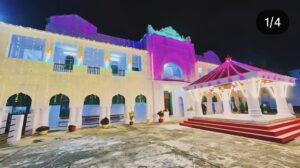
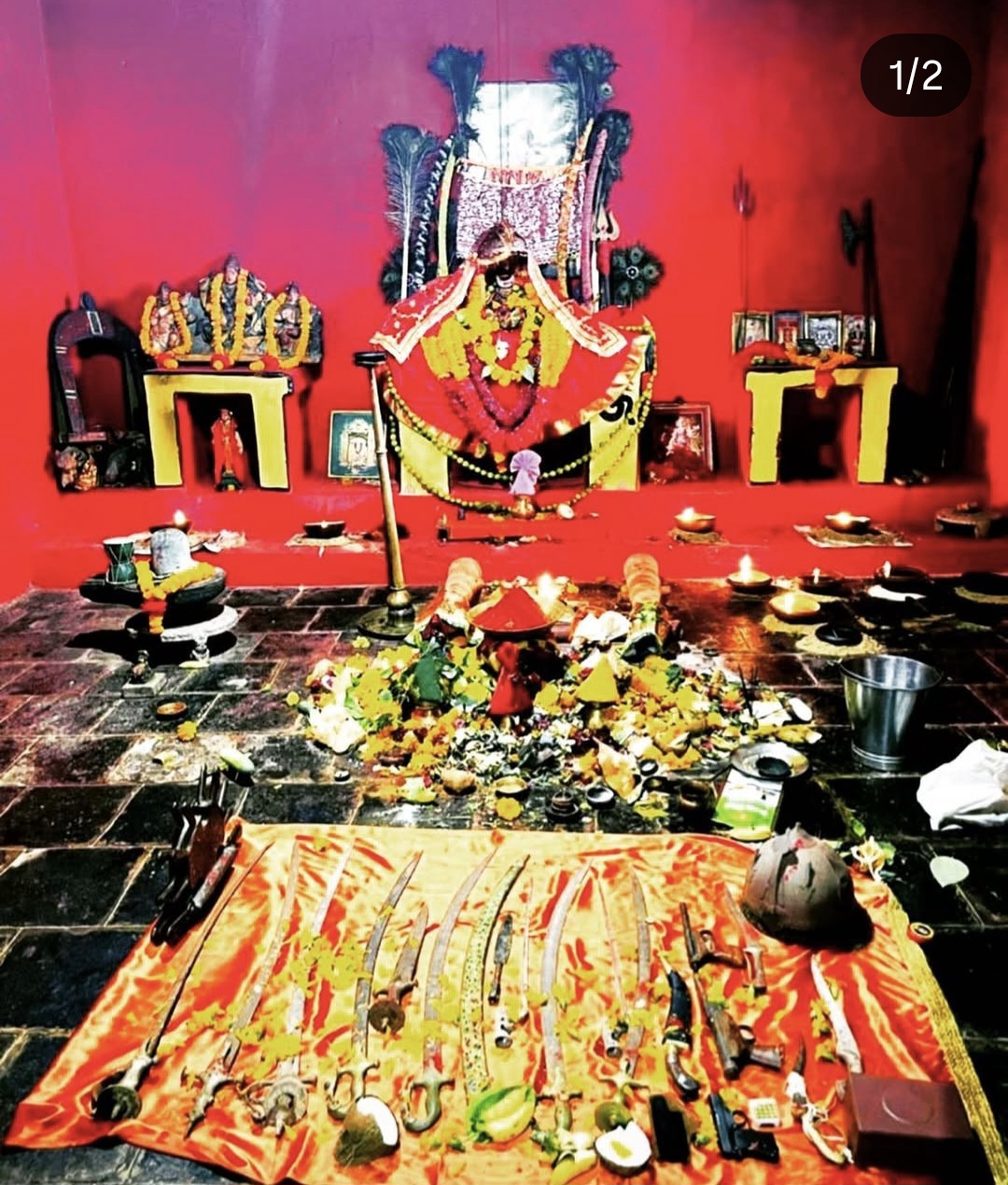
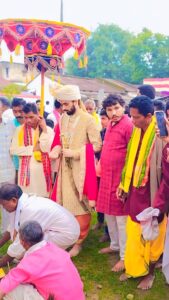
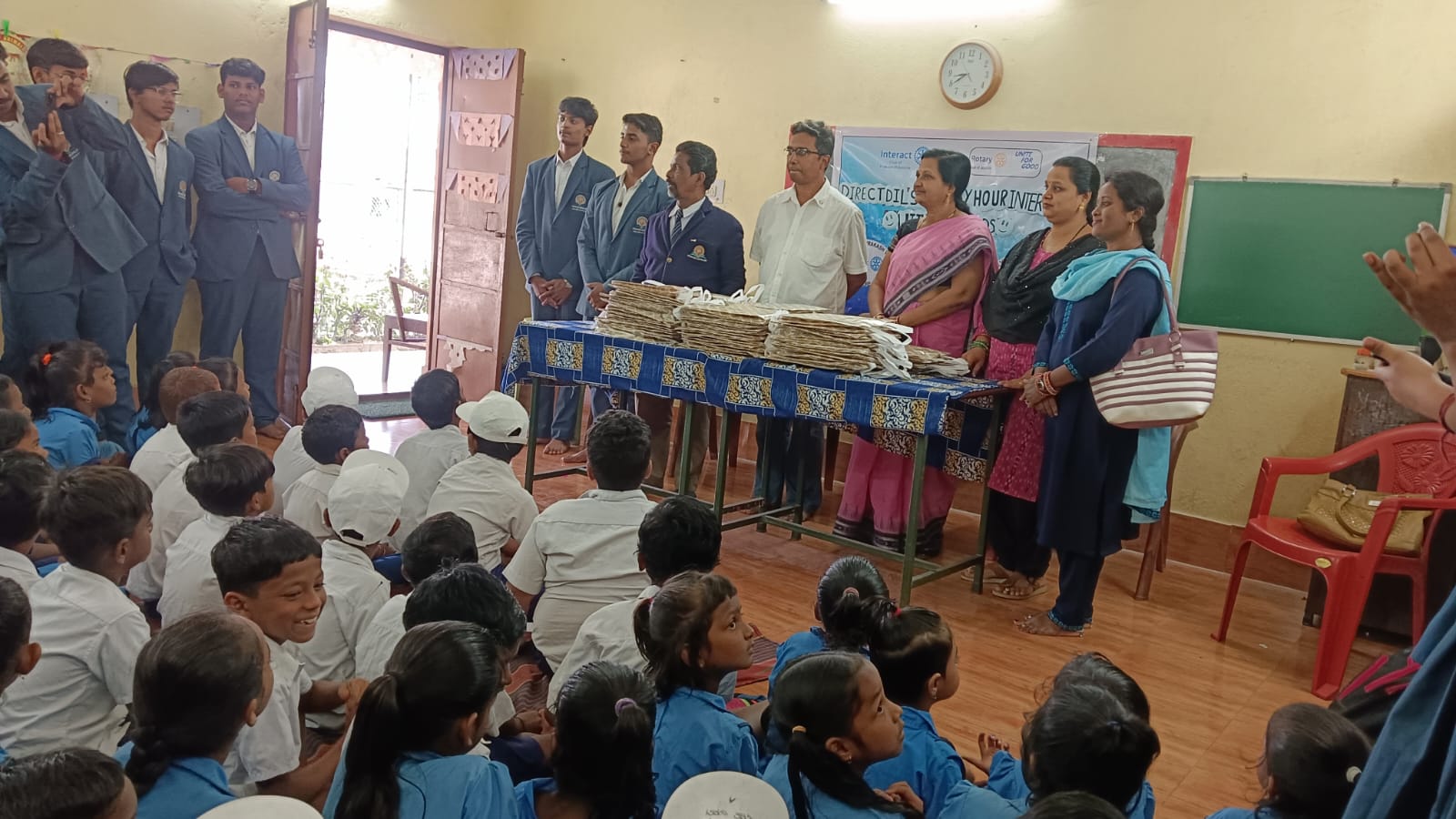
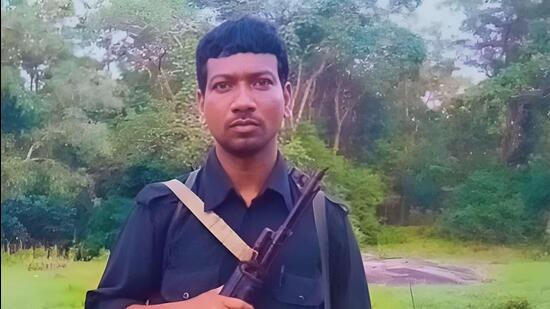
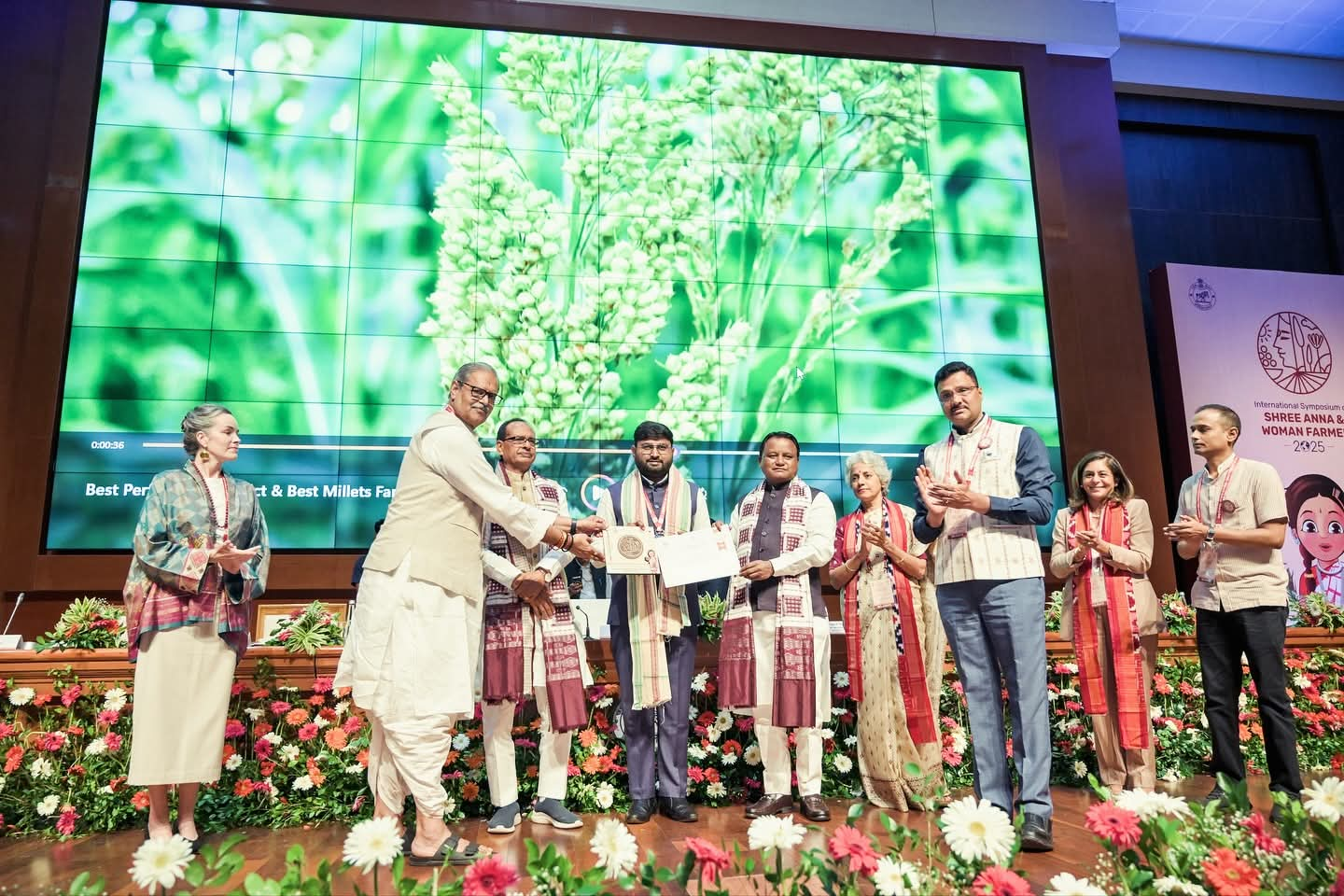


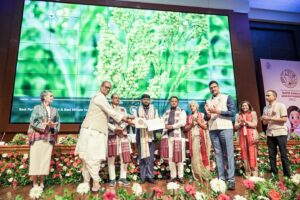
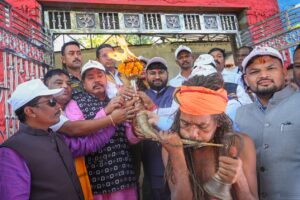
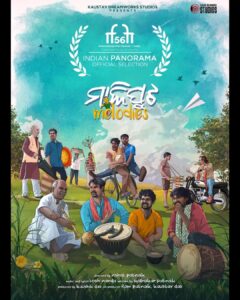
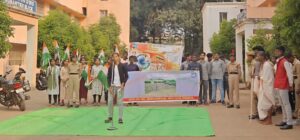
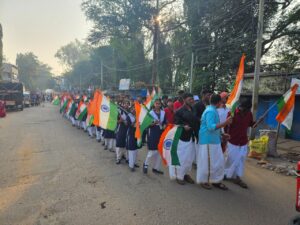
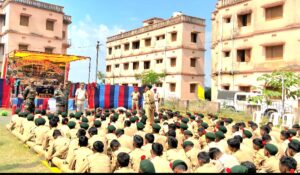


Post Comment